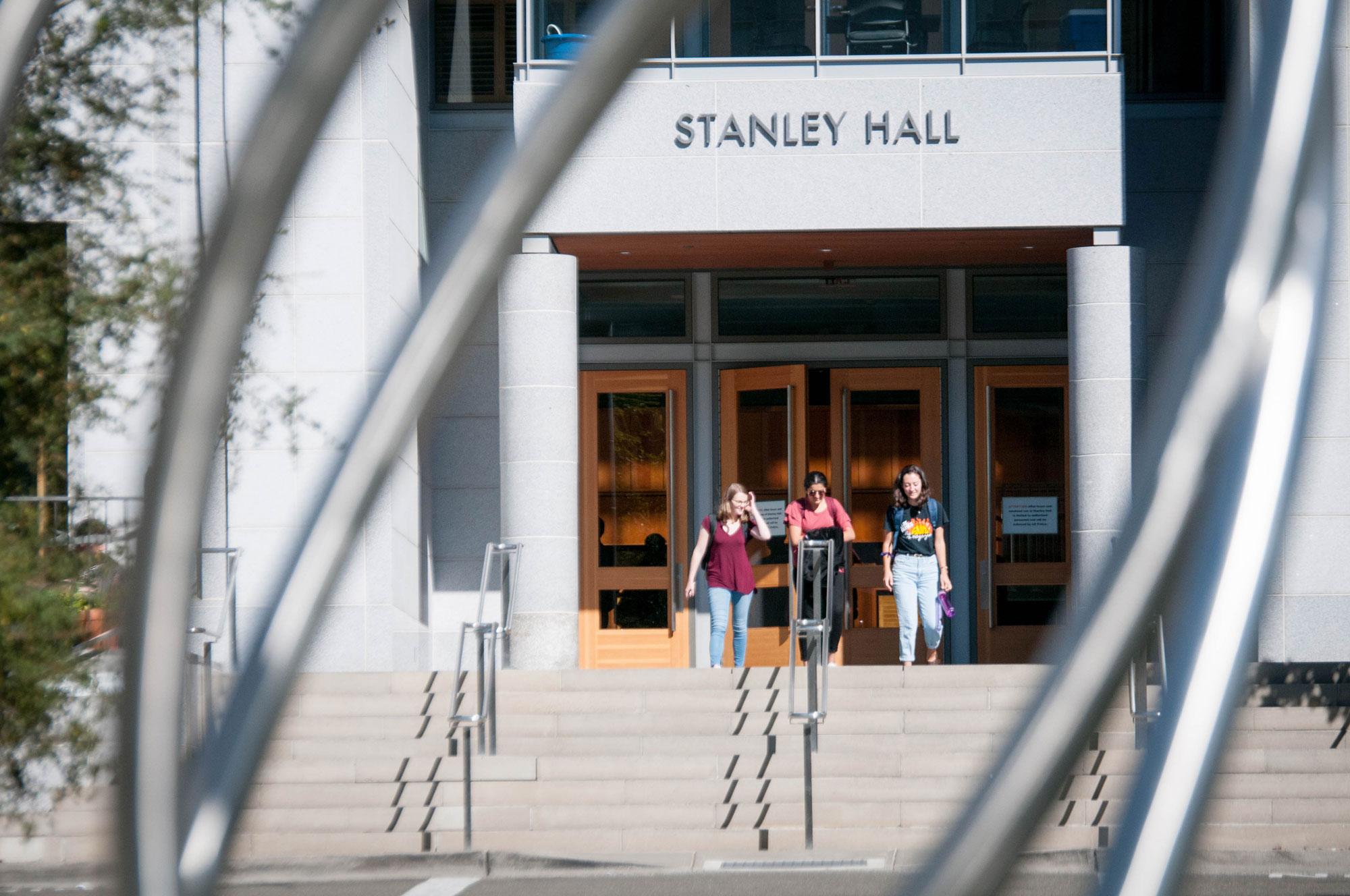In the 1990s, a group of distinguished faculty members began dreaming of a facility that would unite under one roof — for the first time in UC Berkeley’s history — scientists from different disciplines to catalyze major advances in bioscience. That dream was realized when Stanley Hall was rebuilt in 2007.

Stanley Hall turned 10 in 2017.
The hall, which includes 33 wet labs, seven computational labs, and seven core research facilities, has changed the way science is done at Berkeley and enabled discoveries that simply would not have happened otherwise. It also represents the important role of donors. Of its $162.3 million total cost, $88.6 million was raised through private contributions.
Stanley Hall has revealed unforeseen potential and kept the promises we hoped it would achieve: to attract and inspire the very best faculty and students; to dissolve disciplinary boundaries in unraveling complex problems; and to enable discoveries that would lead to new research and industries.
When contemplating two prestigious offers in 2001, Michael Marletta chose Berkeley over Princeton.
“Given Berkeley’s intellectual power, I wanted to be a part of that experiment of a building that didn’t belong to anyone,” says Marletta, the C.H. and Annie Li Chair in the Molecular Biology of Diseases.
Susan Marqusee directs Berkeley’s California Institute for Quantitative Biosciences (QB3), which manages Stanley Hall’s research facilities. In reflecting on the 10th anniversary, she says, “This building embodies the best of how science can affect the design of a building, and how the design of a building can transform the science that takes place within its walls.”



